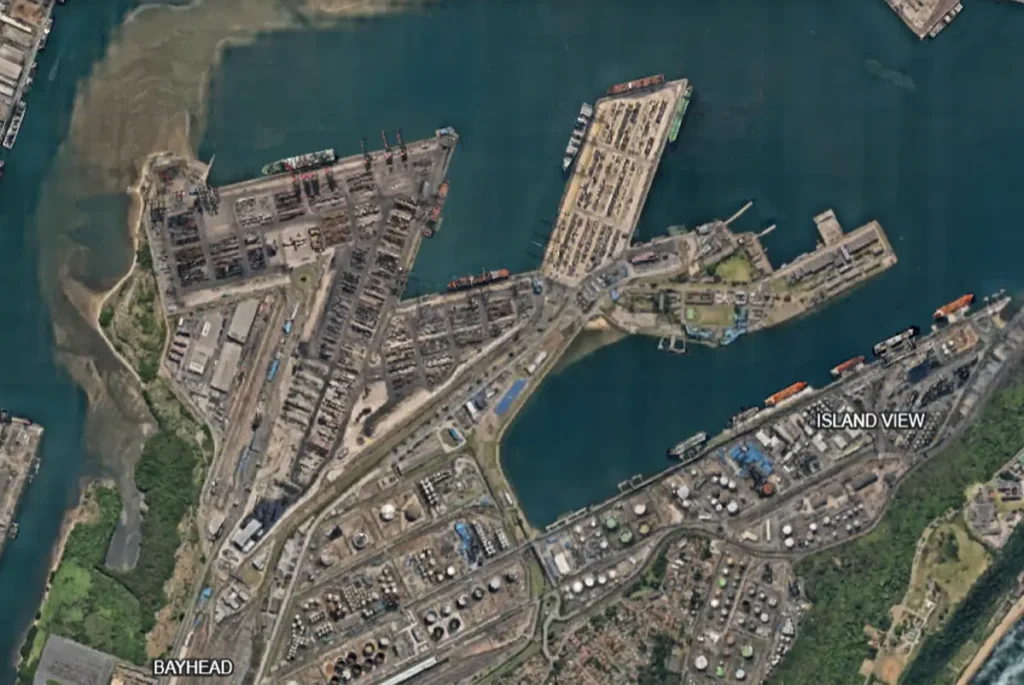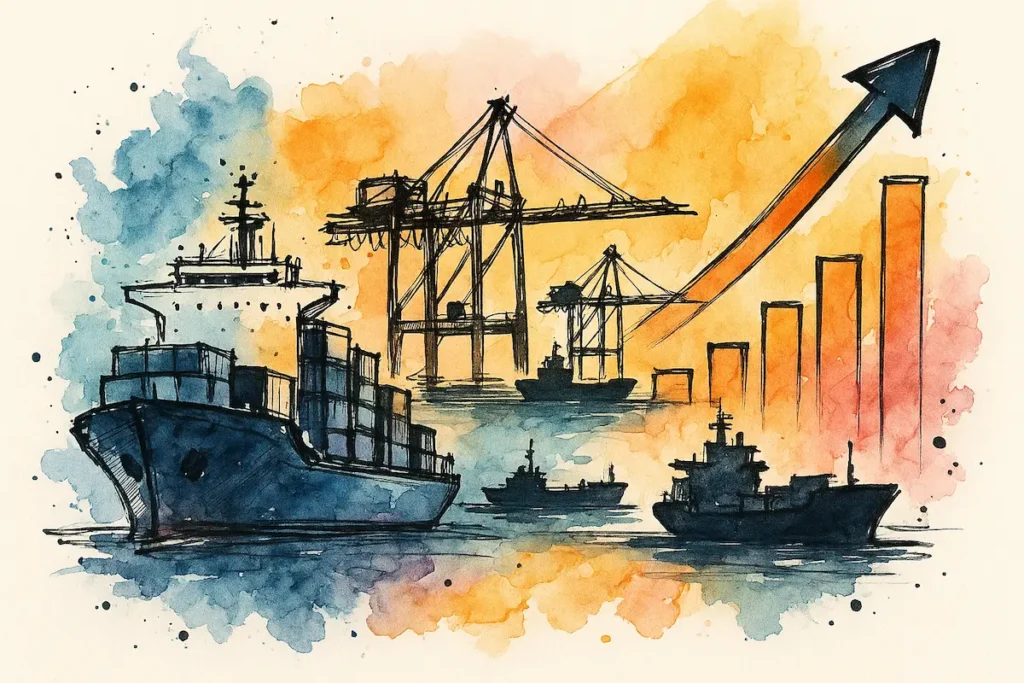In a big lead toward fully digital customs ecosystems, the World Customs Organization (WCO) has released Version 4.2.0 of its Data Model, delivering vital upgrades that bring global trade one step closer to real-time, paperless efficiency.
For those of us navigating the challenges of trade documentation and compliance, this release is more than a technical update, it is a timely signal that the gears of standardisation and interoperability are turning faster.
What is new in Version 4.2.0?
Two major additions headline this release:
- Customs Bonds Information Package
This package provides a structured, standardized way to digitalize the management and submission of customs bonds, a vital tool for many economies that require financial guarantees for importers and other stakeholders.. With this model, WCO Members can:- Reduce administrative overhead
- Automate bond handling and compliance checks
- Accelerate deployment of bonded goods processes with consistency across jurisdictions
- Certificates of Origin (eCO) Data Package
Built in collaboration with the Technical Committee on Rules of Origin (TCRO), this dataset enables the digitalisation of electronic Certificates of Origin. Why is this big?- Because verifying origin is often a time-consuming and fraud-prone task
- With a standardised eCO model, customs authorities can validate origin faster and more reliably, thereby boosting trust, compliance, and fair trade
Why does this matter?
For shippers, freight forwarders, and customs brokers, this move unlocks operational benefits and global consistency. Instead of building bespoke systems for each country, a harmonised data standard means faster system integration, less manual intervention, and more transparency at every stage of the clearance process.
More importantly, by enabling digital Certificates of Origin and bonds, this version of the WCO Data Model:
- Cuts down on paperwork and verification delays
- Helps authorities and businesses manage trade risk more proactively
- Supports the goals of frameworks like the WTO Trade Facilitation Agreement, UNCITRAL MLETR, and various Free Trade Agreements (FTAs)
A milestone on the path to digital trust
While initiatives like eBLs, Single Windows, and API-based port community systems get much of the attention, the underlying data model that powers these systems is what makes interoperability possible. The WCO’s consistent updates, like this one, lay the quiet but essential groundwork for global trade digitalisation at scale.
What comes next?
The WCO is encouraging its 186 member countries to adopt and implement this version. For those in the private sector, especially those involved in tech, trade finance, and documentation, this is a good time to start aligning systems with these new data models.
You can explore the update via the WCO DM App (external link).
Our insight
Trade digitalisation is only as strong as the standards it is built on. The WCO Data Model 4.2.0 adds yet another layer of structure and trust, reducing friction in global trade and helping us all get a little closer to the vision of fully digital, seamless, and secure cross-border flows.
If you are a digital trade solution provider, forwarder, or government agency working on customs process reform, this is one update you do not want to overlook.













